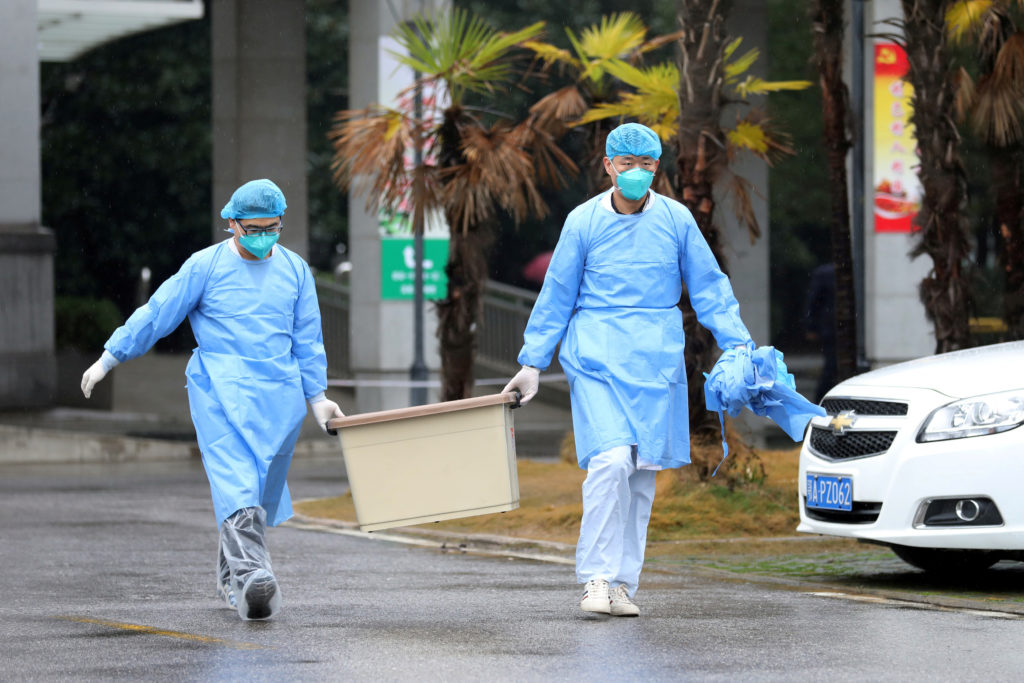Last Monday, the World Health Organization requested further information from China regarding the surge, turning it into a global concern.
Amid the nation’s first whole winter after COVID-19 limits were eased, China’s health ministry ordered local authorities to expand the number of fever clinics on Sunday.
Last week, the increase gained international attention when the World Health Organization requested additional data from China, citing a study by the Program for Monitoring Emerging Diseases on pediatric pneumonia clusters that went undetected.
Regarding the transparency of reporting early in the pandemic, which began in the late 2019 outbreak in the central Chinese city of Wuhan, China, and the World Health Organization have come under fire. No novel or uncommon infections have been discovered in the current cases, the WHO reported on Friday.
A representative for the National Health Commission, Mi Feng, stated on Sunday that the concurrent spread of multiple virus types, most notably influenza, was responsible for the spike in acute respiratory infections.
“Efforts should be made to increase the number of relevant clinics and treatment areas, appropriately extend service hours, and strengthen guarantees of drug supplies,” Mi stated at a press briefing.
“It is necessary to do a good job in epidemic prevention and control in key crowded places such as schools, childcare institutions, and nursing homes, and to reduce the flow of people and visits.”
Hospitals in northern regions like Beijing and Liaoning province warn of lengthy wait times due to increased pediatric cases.
On Friday, China’s cabinet, the State Council, declared that mycoplasma pneumonia infection would continue high in some regions and that influenza would peak this winter and spring. Additionally, a danger of a rebound in COVID-19 infections was mentioned.
The State Council said, “All localities should strengthen information reporting on infectious diseases to ensure information is reported in a timely and accurate manner.”
The World Health Organization (WHO) said on Thursday that data from China indicated the latest cases might be connected to the removal of COVID restrictions 11 months ago, in addition to the spread of recognized infections like mycoplasma pneumoniae, a common bacterial infection that usually affects youngsters and has been going around since May.















